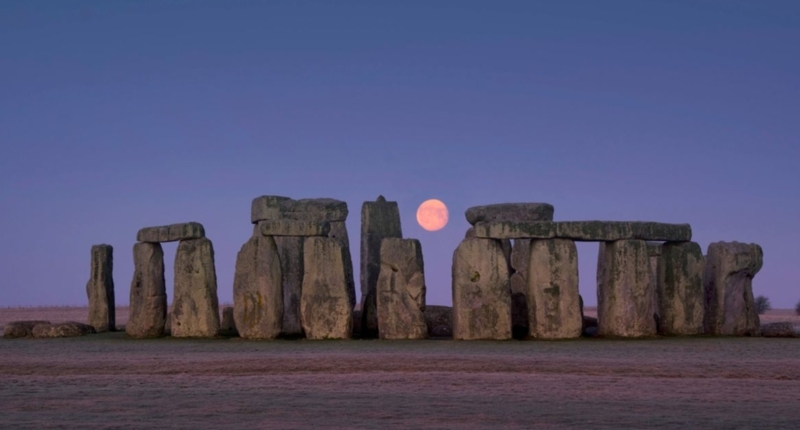Stonehenge continues to be an intriguing prehistoric site that attracts visitors from across the world. While it was undoubtedly built with astronomical alignment in mind, a new study challenges the idea that Stonehenge was an accurate solar calendar. The study argues that a device as precise as the sundial at the Jantar Matar in Jaipur would have been necessary, which Stonehenge is not. Although the builders of Stonehenge were likely interested in the solar cycle, the monument was probably not used as a giant calendrical device. Archaeoastronomy is a captivating field that seeks to understand the relationship between ancient people and celestial bodies. The study published in the journal Antiquity warns against drawing significant conclusions, given the complexities of archaeoastronomy.
Stonehenge: An Astronomical Site or A Giant Calendar?
Stonehenge remains an enigma even today, with thousands of people flocking to the prehistoric site to observe its alignment with the Sun on solstices. While the site was undoubtedly built with astronomical purposes in mind, a new study suggests that it was not the perfect Stone Age calendar as it is often touted to be.
According to Timothy Darvill, an archaeologist at Bournemouth University in the UK, the numerology of the giant sarsen stones at Stonehenge creates a perpetual calendar based on a tropical solar year of 365.25 days, known as the “Stonehenge calendar” theory. However, this idea is challenged by a duo of archaeologists who argue that it is unsubstantiated and based on unsupported analogy and astronomical error.
The builders of Stonehenge likely had a keen interest in the solar cycle, possibly related to the connection between the afterlife and winter solstice in Neolithic cultures. This is evident because the monument neatly aligns with the sun on both the summer solstice sunrise and the winter solstice sunset. However, these archaeologists caution against believing that the monument was used as a giant calendrical device.
The “Stonehenge calendar” theory proposes that each of the 30 upright sarsen stones, which perhaps formed an outer circle of stones, represents a solar day within a repeating 30-day month. To reach 365, the number of days in a year, you multiply 30 by 12 to get 360, with the next five days represented by the five inner-circle trilithons. Leap years, occurring every four years, are accounted for by the four “station stones” at the site.
Despite the apparent logic of this theory, the new study agrees that it sounds like a stretch. The number 12, a key number in the alleged calendar, is not found anywhere at the site, leaving a significant gap in the theory. Furthermore, most ancient cultures did not use a solar-anchored calendar, instead preferring lunisolar calendars, except for the ancient Egyptians and the Maya.
In conclusion, while Stonehenge was undoubtedly built with astronomical alignment in mind, it remains uncertain whether it was a giant calendar or not. The truth behind its purpose and design may continue to be shrouded in mystery for years to come.
Stonehenge: A Precise Solar Calendar or Not?
A recent study published in the journal Antiquity challenges the “Stonehenge calendar” theory, suggesting that the prehistoric site is not a precise solar calendar device. While Stonehenge undoubtedly had astronomical alignment in mind, it’s argued that it wouldn’t have been sufficient for the development of an operative solar calendar. The study authors concluded that a device as precise as the sundial at the Jantar Matar in Jaipur would have been necessary, which Stonehenge is not.
Archaeoastronomy is an intriguing field that seeks to understand the relationship between people of the past and celestial bodies. This new study cautions us to be careful about drawing significant conclusions. The study is published in the journal Antiquity.
Don’t miss interesting posts on Famousbio










